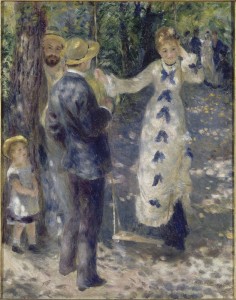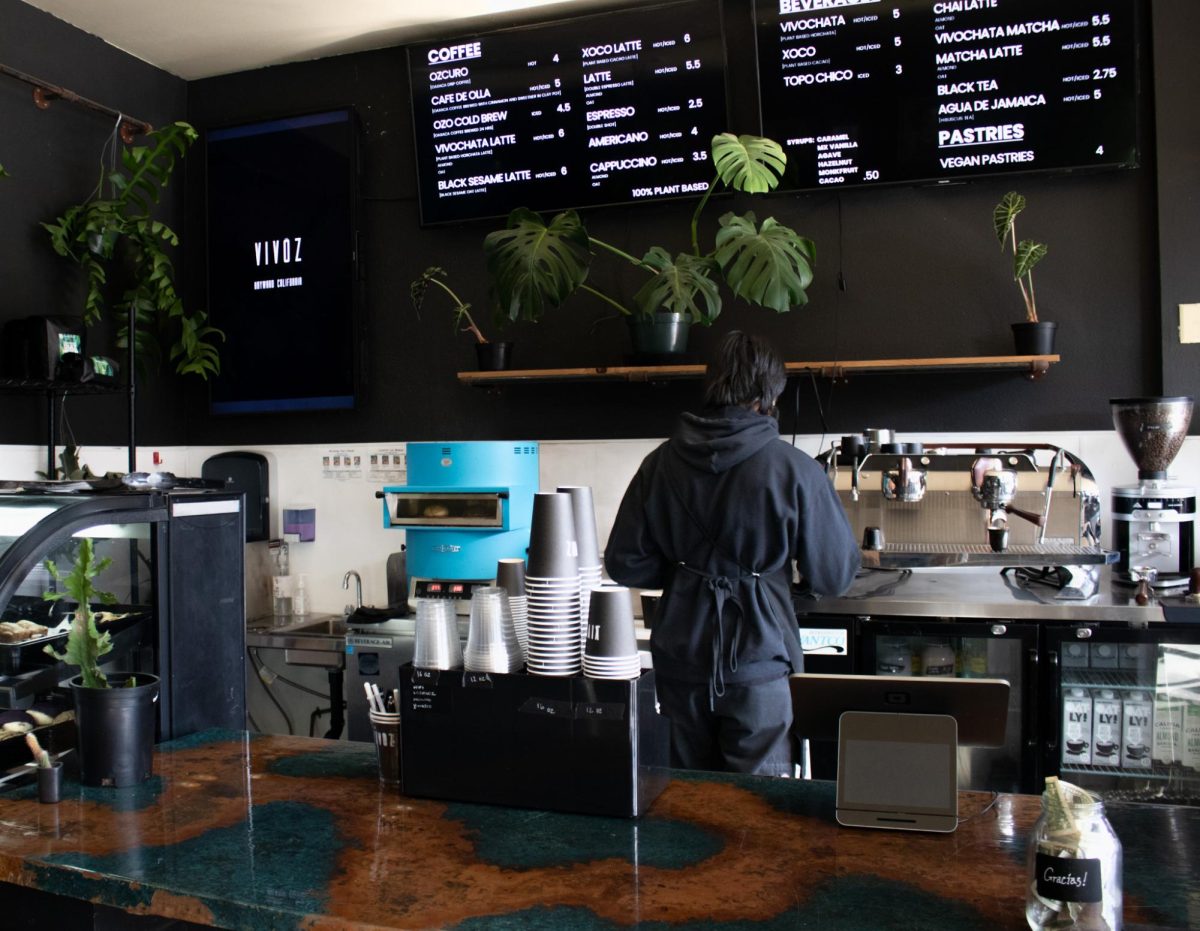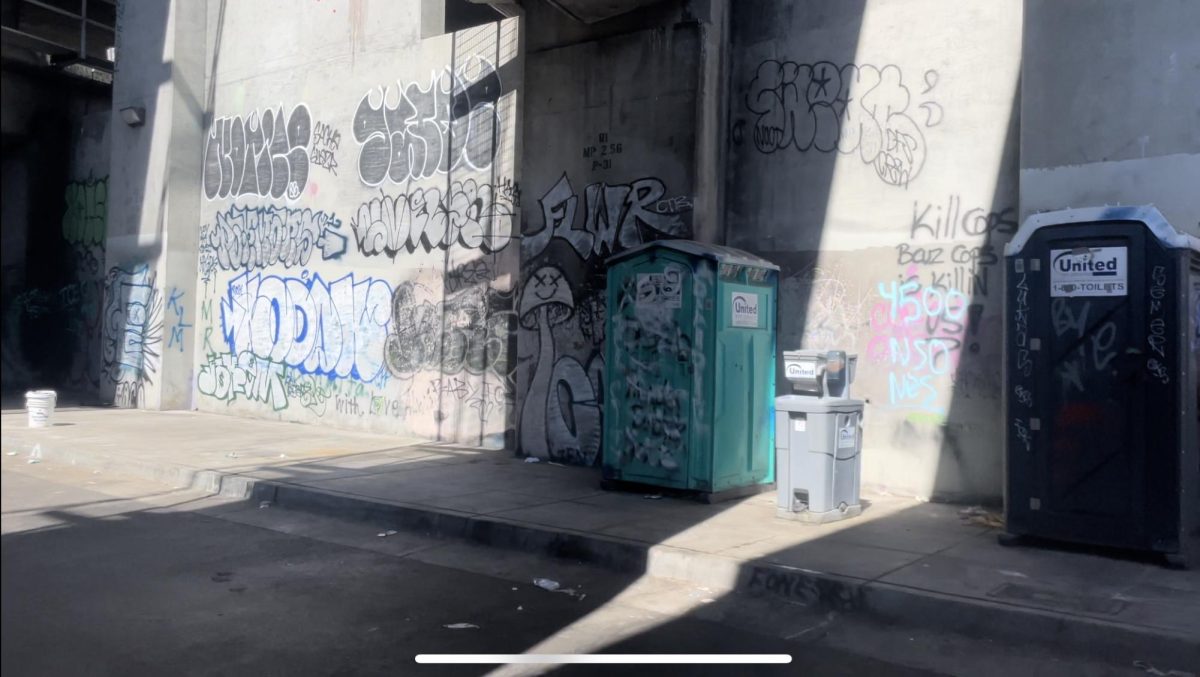 The de Young Museum is currently offering “Birth of Impressionism: Masterpieces from the Musée d’Orsay,” the first of two consecutive exhibitions on Impressionism that will be offered exclusively at the popular San Francisco museum.
The de Young Museum is currently offering “Birth of Impressionism: Masterpieces from the Musée d’Orsay,” the first of two consecutive exhibitions on Impressionism that will be offered exclusively at the popular San Francisco museum.
“Birth of Impressionism” offers a journey through the creation, development and flourishing stages of Impressionist art, with many world-renowned offerings from the era’s central figures, including Bazille, Cézanne, Degas, Monet, Manet and Renoir.
The art featured in the “Birth of Impressionism” exhibit varies widely from beginning to end. The composition, style and content of the different pieces evolve, from the Salon’s classical views on technique and theme, to the more informal, earthier landscapes that developed out of the movement.
The beginning of the exhibit explains and showcases how extensively artists of the mid to late 19th century were influenced by the judging committee and commissions that resulted from Paris’s Académie des Beaux-Arts (Academy of Fine Arts) annual art show, the Salon de Paris.
The exhibit starts with William Bouguereau’s “Birth of Venus,” an example of the Salon’s emphasis of mythical (as well as historical and religious) figures and idealized nude figures. At nearly 10 feet high, “Venus” towers over visitors, showcasing the perfectly painted figures that comes from controlled, precise brushwork, a staple of academic art at the time.
Displayed just a few paintings away, Courbet’s “Nude Woman with a Dog” contrasts the more idealized teachings, using a female subject not considered a “timeless beauty” as a more realistic nude and a darker, moodier color palette.
Visitors begin to comprehend more clearly that change is underway when the subject matter of paintings shifts from figures like Diana, goddess of the hunt (Delaunay’s “Diana”) or the Virgin Mother and Child (Bouguereau’s “Virgin of Consolation”) towards the mundane, like Monet’s “Turkeys” or Cézanne’s “L’Estaque.”
One of the more recognizable themes from the exhibit is the camaraderie that developed among many of the painters that shared “unconventional attitudes towards composition, color, form and finish,” while each maintaining a “unique personal style” and their own themes. Bazille’s “Bazille’s Studio” helps visitors literally paint a visual of what Bazille’s and Manet’s shared studio looked like.
The most instantly recognizable staples of the Impressionist movement, like painting outdoors in natural light (“en plein air”), capturing movement and sunlight, and a preference for landscapes and still life, show up throughout the exhibit, though they become far more numerous towards the end.
Monet’s “The Rue Montorgueil,” a painting that appears to show hundreds of French flags waving rapidly, lining the street in celebration of the end of the World Fair, uses small strokes to give the impression of movement.
Another work that beautifully displays the Impressionist technique is Renoir’s “The Swing.” Patches of bright sunlight dot the subjects of the painting, particularly the young woman’s dress and the area surrounding her. The subjects engage in conversation outdoors, the darkness of the ground contrasting starkly with the spots of sunlight to create a dreamily light setting.
“Birth of Impressionism” gazes past the traditional pastel landscapes that are most commonly associated with this genre to uncover for the public a much more compelling and complex look at Impressionistic art.
“Birth of Impressionism: Masterpieces from the Musée d’Orsay” runs through September 6, 2010. Student Tickets are $16. The second exhibition, “Van Gogh, Gauguin, Cézanne, and Beyond: Post-Impressionist Masterpieces from the Musée d’Orsay” will run from September 25, 2010 to January 18, 2011.











